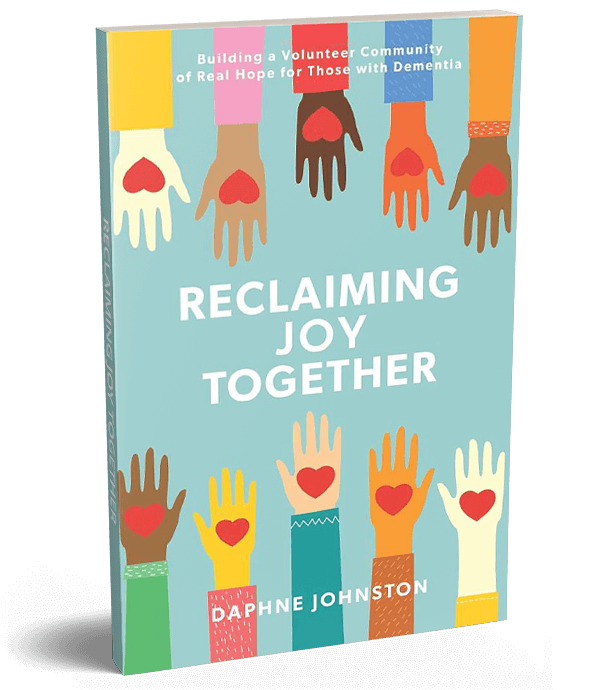
The Leading Volunteer Respite Model that is Revolutionizing Support and Quality of Life in Alzheimer’s and Dementia
Help Create a Community of Hope and Purpose
Doctors provide testing, diagnosis, and behavior management. But what they don’t offer is direction on how to regroup, refocus, and reclaim joy. The spirit of Respite is the compass pointing to a meaningful way forward, and now it’s your turn to follow where it’s directing you. By following our proven model, you will offer friendship, education, tools, and growth needed to help answer the call for a better quality of life and a new way forward for the most prominent disease of the 21st century.
It All Starts with a Simple Question: What If?
What if your church or organization could be on the leading edge of addressing a major social need that concerns everyone? Yes, you read that right, EVERYONE, but it has yet to be addressed?
What if your church or organization was recognized as a significant asset to the surrounding community and maybe even beyond that?
The answer to both of these questions leads us right back to the purpose of Reclaiming Joy Together and the Respite for All community. – A program model that is proven to answer the need for new types of support for individuals and families living with Alzheimer’s and dementia. Let me explain.
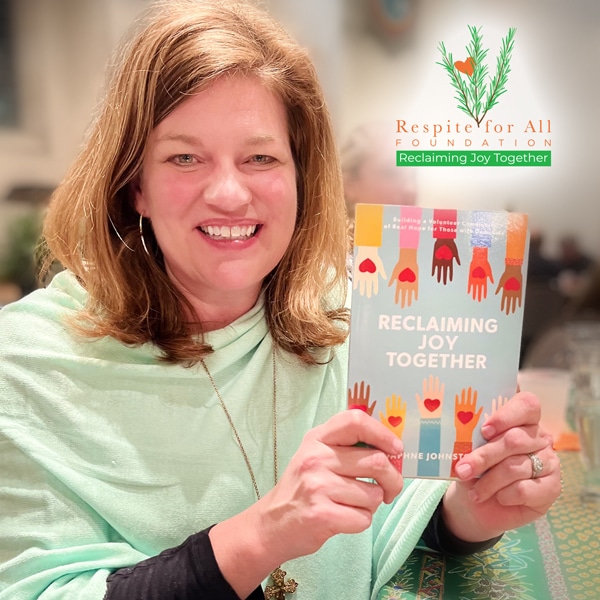
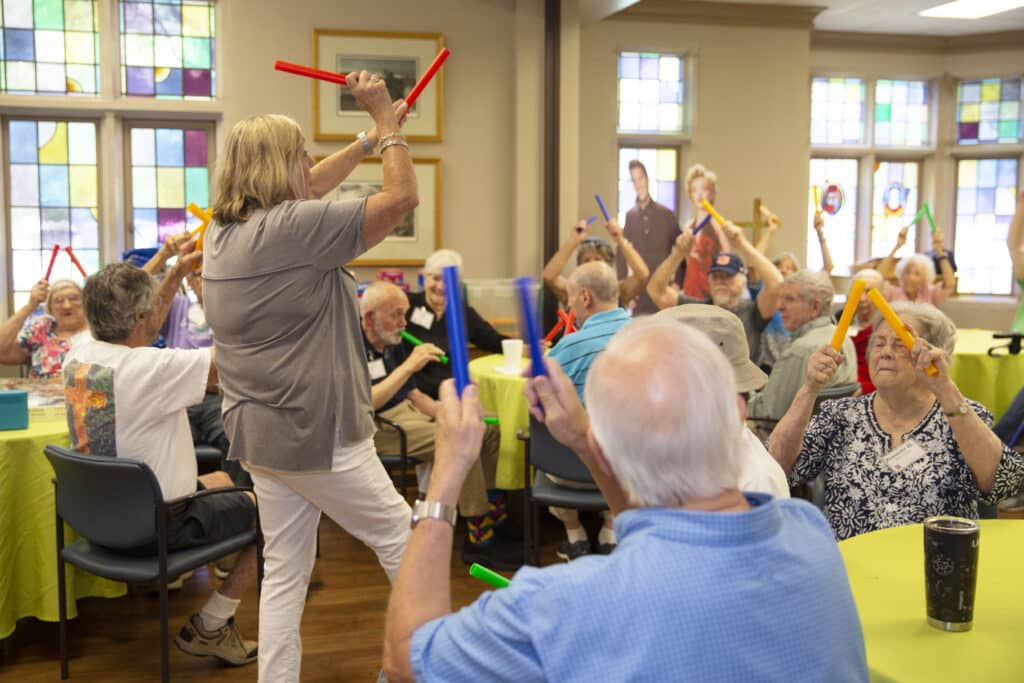
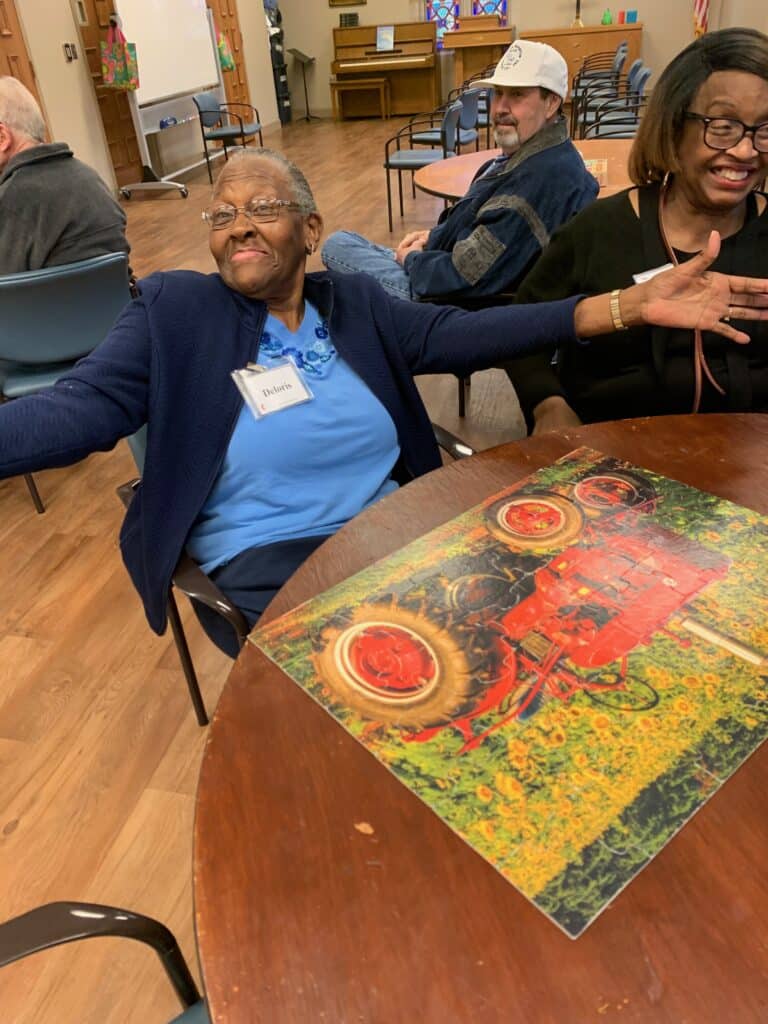
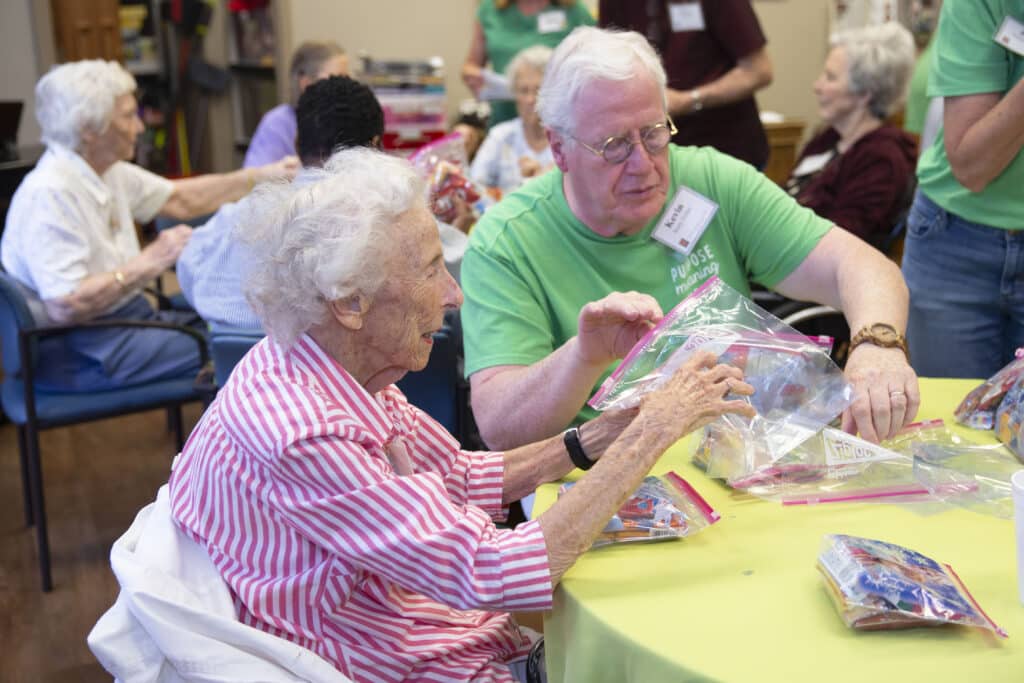
A Storm is Brewing, And We Have a Glimpse of What Lies Ahead
By 2050 it is estimated that there will be more than 15 million people in the U.S. living with dementia. In 2015, the global societal cost of dementia was estimated at $815 billion by the World Health Organization.
Think about the estimated cost three decades from now. That amount of money is SO large I don’t think anyone can accurately do the math! On top of that, consider what it will do to our related healthcare infrastructure? It will drain our insurance systems, cause a shortage of professionals, and end up costing us more time and money not just to train workers, but think about the care partners who will be taken from the workplace.
We have the facts. It’s practically written on the walls that we need new systems of care to be implemented and researched now, today, if we want to help improve the quality of life for the millions and millions of people projected to live with or be impacted by Alzheimer’s and related forms of dementia.
We have the opportunity to begin preparing now because we know a problem is coming. The answer is not the internet. It is not putting millions of people in facilities or locking them away because not everyone needs long-term care. And surprisingly enough, this solution isn’t even medically related. It’s social. It’s Respite – “a short period of relief from something difficult or unpleasant,” yes, Respite for ALL. For the caregiver, the friend living with dementia, and the volunteer.
We decided to hold an event to tell the Montgomery community about our new Respite program. We invited a top neurologist from the University of Alabama, Birmingham, to discuss the advances in Alzheimer’s and new programs. We were expecting 50-70 people to show up. Instead, we got over 400. If that’s not a sign, I don’t know what is.
From there, the rest is history. We launched the program with two friends and 14 volunteers just two days a week. By the end of the first year, we had over 20 friends participating along with 65 volunteers, and as we continued to grow, we added three and then four days a week.
From 2014 to 2019, through First United Methodist Church Ministry and with resources from the Respite for All Foundation, 16 new Respite programs were inspired and put into action across the United States, serving close to 900 people living with dementia and 900 care partners by training and utilizing over 1,200 volunteers.
Look at where we are now… The Respite for All Movement continues to grow. We are in over 51 locations with more ministries on the way. We have over 1700 trained and active volunteers serving over 2000 people living with dementia.
A Proven Process Found in Hope, Love, and Joy
This book is meant to serve as both inspiration and a practical tool that will allow others to successfully build a Respite Community to honor and care for those families living with Alzheimer’s disease and other forms of dementia.
The Respite for All Model is very basic and is made up of some key pillars to success:
Pillar 1: Respite 101 – This is your foundation, the vision, history, and concept of what Respite is.
Pillar 2: The Reason for Respite – To fully understand the need for Respite, you need to know a little more about the world of Alzheimer’s and dementia. This will provide details on the common types of dementia as well as insights from leading brain health experts, which has helped shape the key concepts of the Respite volunteer model.
Pillar 3: The Respite Difference – This is where you truly start to see the program come alive, demonstrating how the Respite Community delivers dignity – how it is differentiated through core beliefs grounded in faith, understanding the Respite theology, and more.
Pillar 4: Volunteers – The Respite for All model was initially designed to give a break to care partners. However, it quickly evolved to extend that same break to the volunteers. They are the lifeblood of our program. Without them, we wouldn’t exist. This section helps you truly grasp their role, how they come to speak the Language of Respite, and their training.
Pillar 5: How to Start a Respite Program – Yes, it might seem like there is a little bit of legwork and some concept grasping to be done, but once you’re here, you’re golden because that means it’s time to get started. This is your roadmap to your Respite for All community – your organizational structure, the dollars and cents, a discussion of program leaders, and how to sustain and sell your success.
Pillar 6: Resource Guide – You didn’t think we were going to leave you hanging like that, did you? Of course, we have a number of other resources to help you get things off the ground and maintain this life-changing program.
